This article was medically reviewed by Erik Kramer, DO, MPH. Dr. Erik Kramer is a Board-Certified Primary Care Physician at the University of Colorado. With over 15 years of experience, his clinical interests include obesity and weight management, diabetes care, and preventive care, as well as embracing a holistic approach to primary care. He received his Doctorate in Osteopathic Medicine (D.O.) from the Touro University Nevada College of Osteopathic Medicine and completed his residency at Central Maine Medical Center. Dr. Kramer is a Diplomate of the American Board of Obesity Medicine.
There are 9 references cited in this article, which can be found at the bottom of the page.
This article has been viewed 31,620 times.
Bile acid malabsorption (BAM) is a condition where your liver produces too much bile, causing abdominal cramps and diarrhea. The condition could be chronic, but you can still manage the symptoms and continue living your everyday life. Always start by visiting a doctor for a correct diagnosis and treatment plan. Then, follow the doctor’s directions and design a low-fat diet to keep your symptoms under control.
Steps
Seeking Medical Treatment
-
1Visit the doctor if you experience symptoms of bile acid malabsorption. The main symptom of BAM is severe diarrhea. Your stool may look pale, discolored, and oily. You’ll feel the urge to use the bathroom constantly, and may limit how often you leave your home to avoid being too far from a toilet. Make an appointment with your doctor to have an exam and check for BAM.[1]
- Other BAM symptoms are abdominal cramps, headache, and constant, foul-smelling gas.
- During a BAM flareup, you may have diarrhea very soon after eating.
- BAM is common among people who have Crohn’s disease and irritable bowel syndrome. If you have either of these conditions, your risk of BAM is higher.
-
2Complete a test to confirm that you have BAM. If you visit your doctor and they suspect you may have BAM, they may run a series of tests to diagnose you with the condition. These tests don’t produce immediate results, and it may take a week or more to get a diagnosis. Work with the doctor and be patient while they assess the test results.[2]
- The SeHCAT test administers a dose of natural bile orally and measures how much is left after 7 days. If retention is low, then you probably have BAM. This test is not used in the U.S.
- The Serum 7αC4 test is a blood test that measures the amount of bile in your system. This is a common surrogate for the SeHCAT test.
- A 48-hour stool sample is another common test for BAM. Doctors will analyze the sample to determine if you’re excreting too much bile in your stool.
Advertisement -
3Take bile acid sequestrants to decrease the circulation of bile. Sequestrants are the most common medical treatment for BAM. They come in powder or tablet form, depending on the type your doctor prescribes. The course is usually 10-14 days. Take the medication exactly as your doctor instructs you to and don’t stop taking it before the course is complete.[3]
- The most common sequestrant for BAM is cholestyramine. The doctor may prescribe this drug, or another of the same type.[4]
- If you don’t like the taste of powder-form medication, you can mix it with a smoothie to mask the flavor and texture.
- In some cases, the doctor may prescribe a sequestrant if they can’t diagnose BAM with certainty. If symptoms improve, then they treat that as an indirect confirmation of BAM.
-
4Control diarrhea with OTC anti-diarrheal medications. If you still experience residual diarrhea while you recover from BAM, you can treat it with common anti-diarrheal medications. Common types are Imodium and Pepto Bismol. Both are available at pharmacies. Follow all the directions on any product that you use.[5]
- Always ask your doctor if using anti-diarrheal medication is safe while taking sequestrants.
-
5Use caution when trying natural bile acid supplements. There area variety of supplements on the market that claim to treat BAM and related conditions. Unfortunately, many of these supplements can make your diarrhea worse. They could also potentially interact with other medications you’re taking. Always talk to your doctor or a gastroenterologist about the potential risks and benefits before trying any supplement.[6]
- Give your doctor a complete list of any medications or supplements you are currently taking. This can help them determine which supplements you can use safely.
Making Lifestyle Changes
-
1Follow the treatment for any underlying GI conditions you have. BAM sometimes flares up in people who have Crohn’s disease, irritable bowel syndrome, and celiac disease. If you have one of these conditions, then make sure you follow all of the doctor’s instructions for managing it. Keeping those conditions under control reduces your risk of experiencing BAM again.[7]
-
2Avoid foods that trigger your BAM symptoms. Some people with BAM experience worse symptoms if they eat certain foods. Monitor your diet and see if any particular foods cause cramps, gas, or diarrhea more than others. Avoid those foods while you’re having a flareup to improve your symptoms.[8]
- Particular foods that make BAM worse vary from person to person. Some common ones are spices, dairy, garlic, gluten, and highly processed foods.
- During a flareup, try eating at home to make sure your foods have ingredients that won’t upset your stomach.
-
3Consume less than 40 grams of fat per day. A low-fat diet is the best dietary treatment for BAM, because fat stimulates bile production. Keep track of your fat intake and limit it to 40 grams per day to prevent flareups.[9]
- Items to cut out are fried foods, red meat, desserts, butter and margarine, and processed foods.
- When you do consume fat, get it from healthy sources. The best sources of healthy fat are vegetable oils, avocados, lean meats like chicken, fish, nuts, and beans.
-
4Increase your intake of vitamin B12 to prevent a deficiency. BAM prevents this vitamin from being absorbed in your lower intestine, so sufferers sometimes have a deficiency. Prevent this by including a mix of vitamin-rich foods and supplements to replace lost nutrients during a flareup.[10]
- Foods highest in vitamin B12 are shellfish and fish. Beef and milk also have a good amount.[11]
- If you don’t get enough B12 from your diet, you can also take a supplement to replace the vitamin. Consult your doctor before starting on dietary supplements to confirm that they won't interact with any medications you're on.
- If you’re taking a bile acid sequestrant, your body may have trouble processing fat-soluble vitamins such as A, D, E, and K. Talk to your doctor about using a multi-vitamin and vitamin D replacement supplement while on these medications.
-
5Work with a dietician if you need help developing an ideal diet. Since BAM treatment requires close dietary management, you might need some help with it. Dieticians have professional training in nutrition and can design the perfect diet for you to manage your symptoms.[12]
- Only visit a licensed dietician. The American Academy of Nutrition and Dietetics keeps a database of professional dieticians. To find one, type your zip code in at https://www.eatright.org/find-an-expert.
- You could also ask your doctor to refer you to a licensed dietician.
References
- ↑ https://www.uhcw.nhs.uk/bam/what-is-bam/
- ↑ https://www.mayoclinic.org/medical-professionals/digestive-diseases/news/identifying-diarrhea-caused-by-bile-acid-malabsorption/mac-20430098
- ↑ https://patient.info/digestive-health/irritable-bowel-syndrome-leaflet/bile-acid-diarrhoea
- ↑ https://www.ncbi.nlm.nih.gov/pmc/articles/PMC3816948/
- ↑ https://www.bsuh.nhs.uk/wp-content/uploads/sites/5/2016/09/Bile-salt-diarrhoea.pdf
- ↑ https://www.health.harvard.edu/staying-healthy/gut-reaction-a-limited-role-for-digestive-enzyme-supplements
- ↑ https://www.bsuh.nhs.uk/wp-content/uploads/sites/5/2016/09/Bile-salt-diarrhoea.pdf
- ↑ https://www.medicalnewstoday.com/articles/325744#home-management
- ↑ https://www.ncbi.nlm.nih.gov/pmc/articles/PMC4953254/

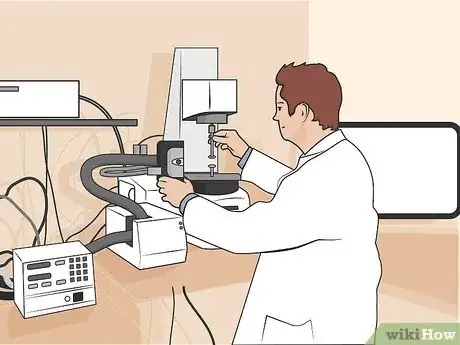


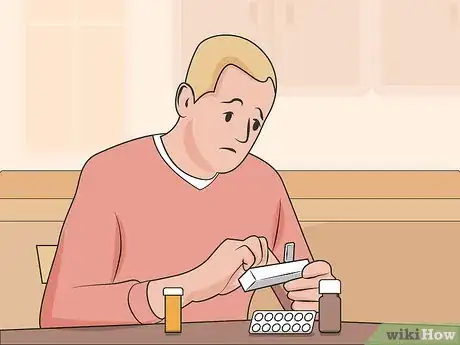
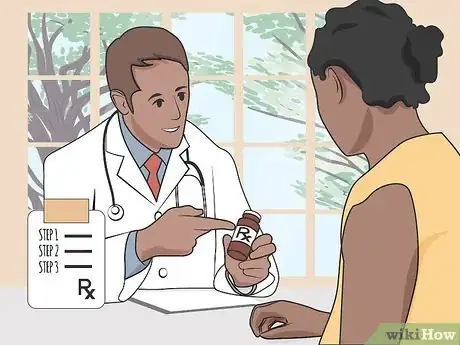


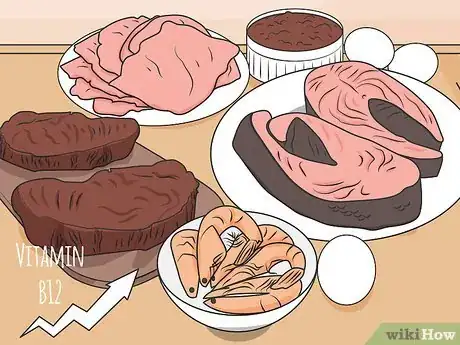


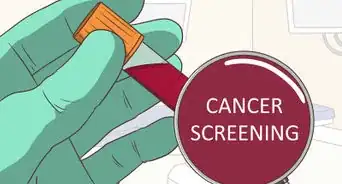

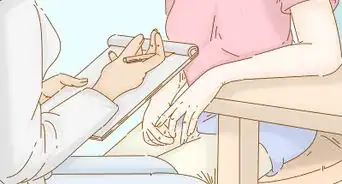


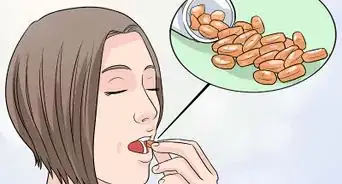
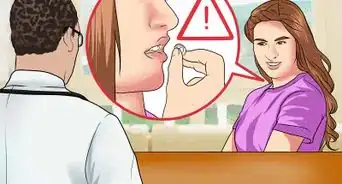



-Step-16.webp)










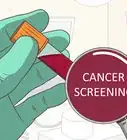





































Medical Disclaimer
The content of this article is not intended to be a substitute for professional medical advice, examination, diagnosis, or treatment. You should always contact your doctor or other qualified healthcare professional before starting, changing, or stopping any kind of health treatment.
Read More...